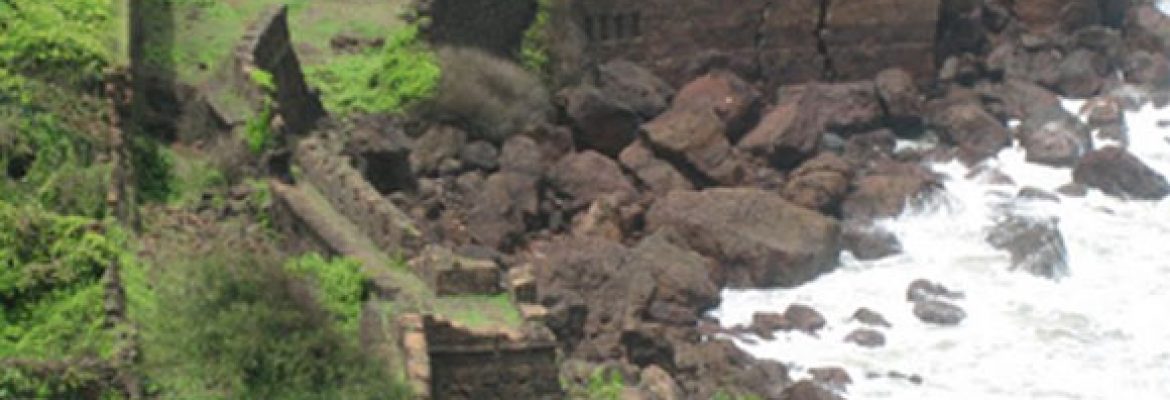The history of the place states that the Portuguese got hold of it around 1543 and within a span of few years converted it into one of the most sought after ports of India.A fort named as Sada Fort was constructed here to monitor the movements of ships into the Zuari river. Soon after its construction, the fort was abandoned and today some remnants of the ramparts can be seen. At the base of the ruined fort is a picturesque beach, which can be reached via steps leading down the steep rock.The fort played an important role during the year 1685 when the Maratha king Sambhaji marched in with his army to capture the place. The Portuguese, worried about the safety of their women and children, used the fort as a safe haven.
Named after Portugal’s greatest sailor Vasco-da-Gama, Vasco missed being the capital of Goa by a whisker. In 1684, the Viceroy D Francisco de Tavora, decided to shift the capital from Old Goa to Mormugao peninsula.
Around this time, plans were also made to shift the capital city from Old Goa. Vasco, or rather Marmugoa, was a strong contender for the post. The Viceroy of the time, D Fransico de Tavora was in favour of Vasco becoming the capital city of Goa. For this purpose, numerous construction work were carried out. Viceroy’s Palace, offices and warehouse sprung up to take care of the needs of future. However, the plans came to an abrupt end when the court of Lisbon scrapped the plans of making Vasco as the capital of Goa. This was despite the fact that Vasco is the only city in entire Goa that is well connected by all means, both within and outside the state. It is the only city that has an air, rail, road and sea links.
Being a commercial hub, Vasco is more liked by business class people. It provides good connectivity and also has a number of good hotels to stay in. However, if you come to Vasco thinking that there are a number worth visiting sites, then probably you’ll end up a bit disappointed. This is not to say that there is absolutely nothing at all to see and do in Vasco, but perhaps they are few and numbered.


